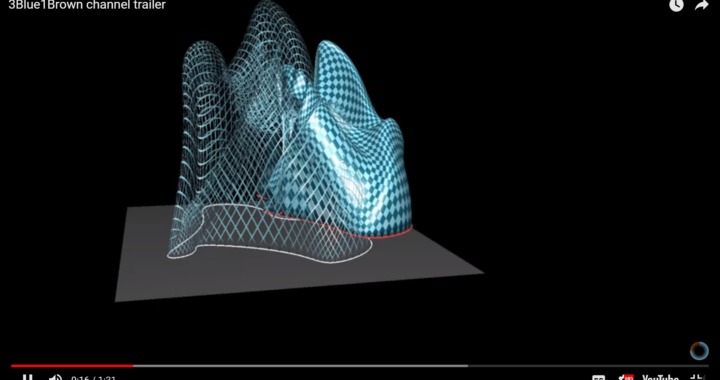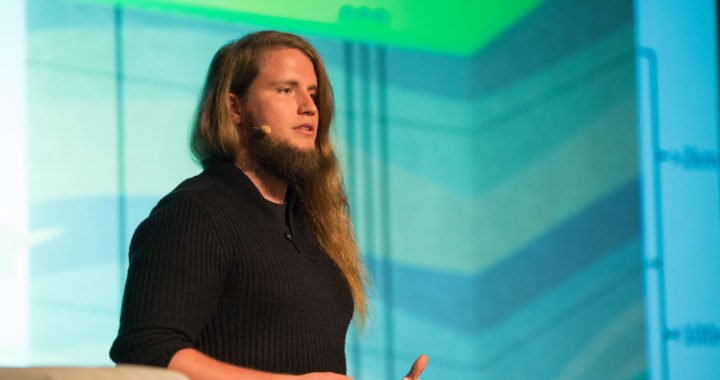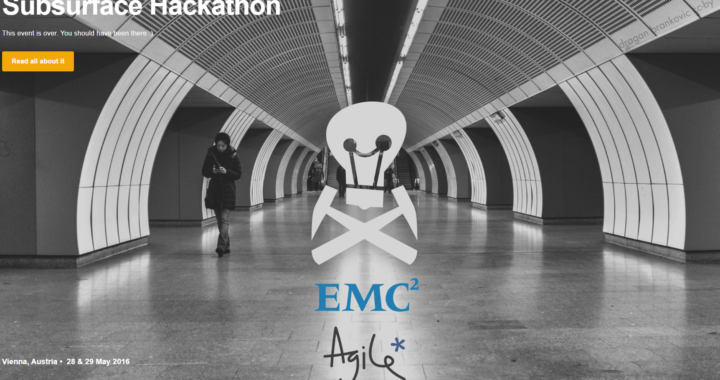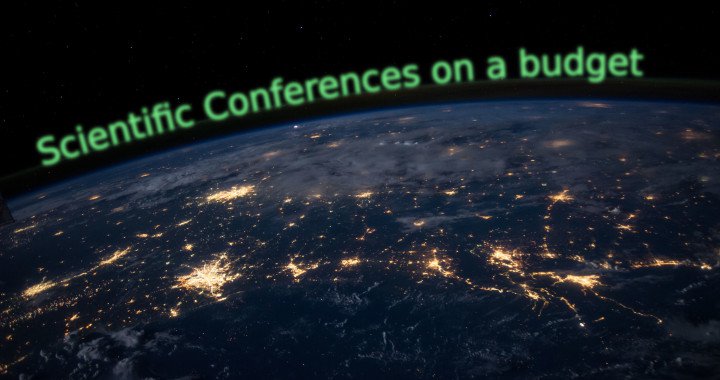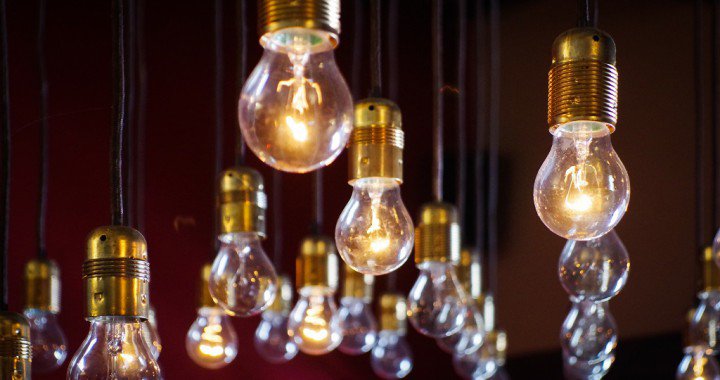My fellow students know this and I hope recruiters will never read this: I was never good at math in university. It was only later when it came to the application in actual geophysical problems that tensors, linear algebra, and differential equations clicked. Personally, I don’t recommend this, as it makes life unnecessarily hard. Machine […]
Category Archives: Tools
Getting started with the SEG Machine Learning contest
The Society for Exploration Geophysicists (SEG) started a contest to predict facies from wireline logs via machine learning. Get your Buzzword Bingo cards ready, we’re about to dive deep. The October 2016 issue of The Leading Edge had a geophysics tutorial of a special kind. Brendon Hall explains how we can use machine learning to […]
Breaking the Walls of Subsurface Energy in Aarhus
How do you make science outreach, when your topic is not “sexy”? I work in hydrocarbons. I don’t cure HIV. I don’t work with 2D materials or machine learning (yet). So how do you talk about the awesome work you do in 3 minutes on a public stage? Falling Walls Lab Aarhus Aarhus set the […]
Supercharge your geoscience knowledge
The internet is a wonderful place. Information is a press of the finger away. We can retrieve scientific papers in seconds. We can connect to others, exchange ideas and collaborate. Here are some of my favorite ways. An Update on RSS Of course, this is not it. In my first post on geo-awesomeness, I gathered […]
The European Subsurface Hackathon – Hacking (before) the EAGE
We did it! We hi-jacked the weekend before the EAGE conference, called it the “subsurface hackathon” and the theme was games. It was the first time Matt Hall from Agile Geoscience tried it in Europe. He has some experience with these events already at the SEG, where gems like pickthis.io were created. But having a […]
Scientific Conferences on a Budget
Conferences are an important part of the world of science and technology. We get to publish preliminary results and bounce them off of our colleagues (or sometimes strongest competitors). It’s time for networking and also helps to take a break from the lab grind. But conferences take a huge burden on our budget. We have […]
5 Tips for Seismic Interpretation
Sometimes seismic interpretation seems like the Holy Grail. There are many decisions to make and many traps that may result in a dry well, costing millions. Getting some practice with pickthis.io seems like time well spent. Here are some personal tips how to become a better interpreter. 1. Don’t get fooled by the Next Big […]
Build a Common Reflection Surface Workflow in 6 easy steps
This article aims to be an in-depth article about building a workflow suited for proper use of the Common Reflection Surface. This resource is aimed at a specialist audience, however maybe this is a rare insight into the intricacies of seismic processing for some of our readers. The processing package for CRS is often regarded […]
Rethinking the Common Reflection Surface Processing Tool
I worked with the seismic processing algorithm Common Reflection Surface for the past years. During this time I have come to the following conclusion: CRS has a marketing problem. I have worked with CRS in university, at Fugro Seismic Imaging and Wester Geco, respectively Schlumberger. Its development is closely tied to advanced concepts like the […]
Seismic Processing – 7 proven tipps to make you a better processor
Seismic data processing is an art and a science. The open source software Seismic Unix has modules for over 20 migration routines, other packages do so as well. Before we get to choosing the best migration routine, there are a couple things anyone handling seismic data should remember. These are 7 Tips from my experience: […]

